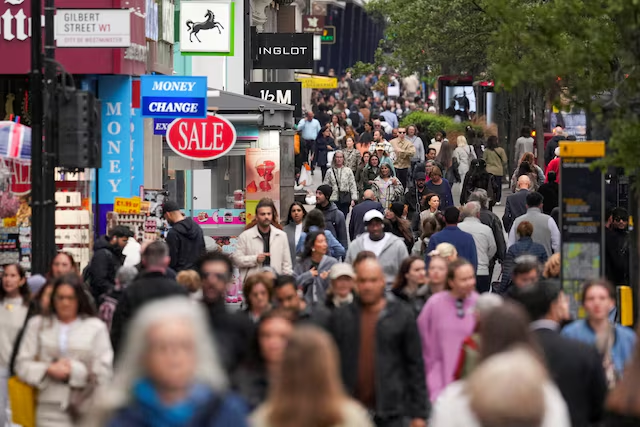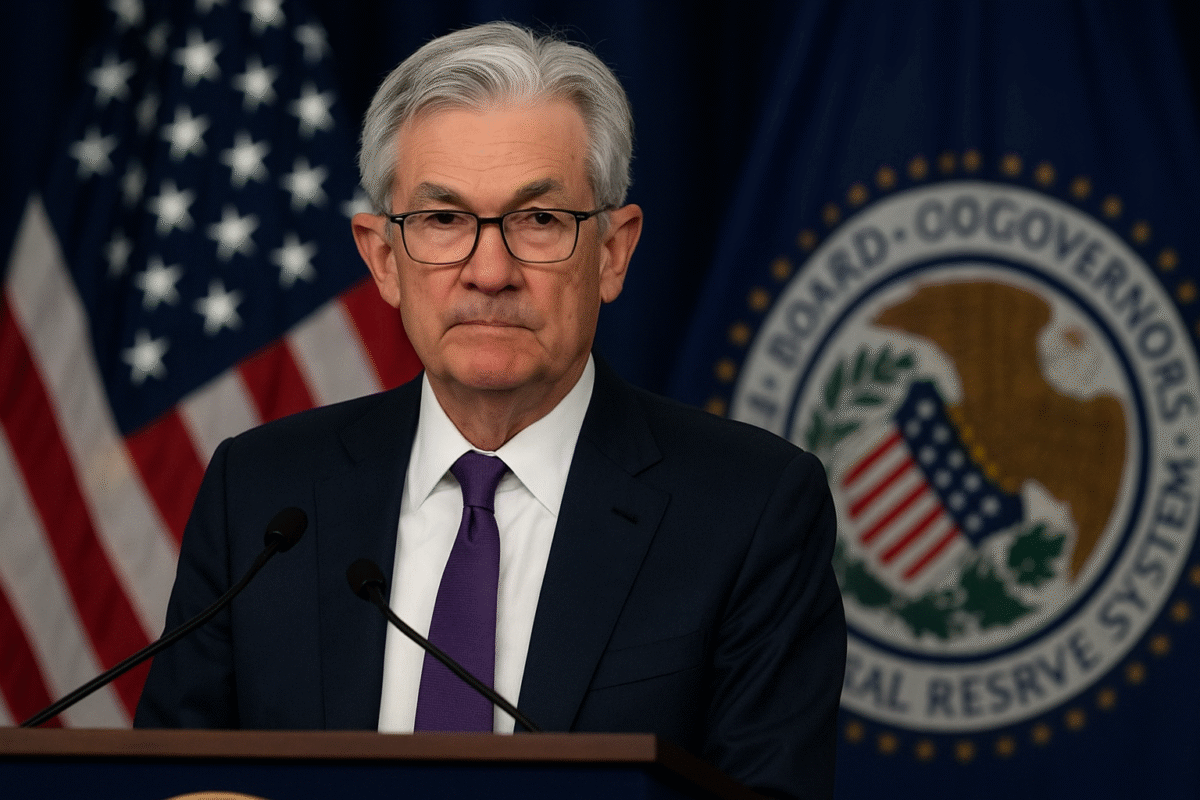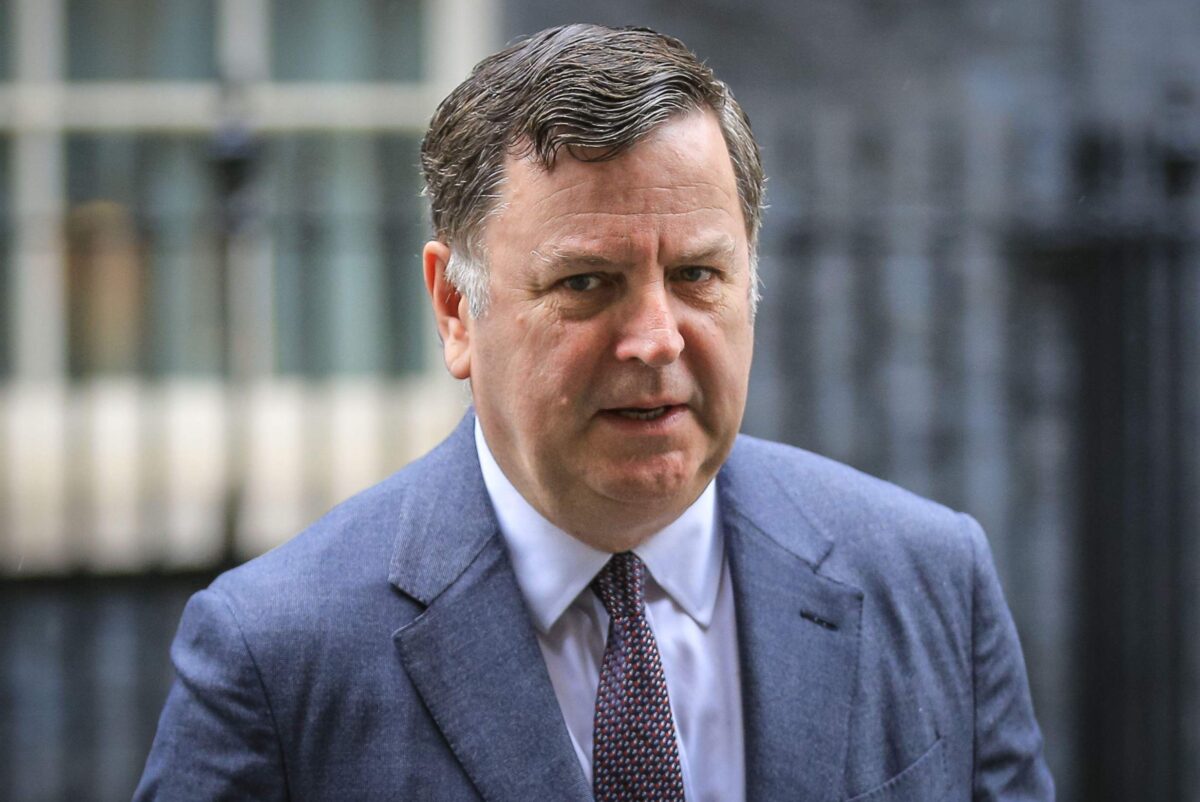Why has the Bank of England cut rates despite high inflation?

Could Retirement Age Hit 80? Experts Warn UK Pension System May Be Unsustainable by 2070s
The Bank of England’s recent decision to cut interest rates to 4% has sparked widespread debate, particularly given that inflation remains well above its 2% target. This move, made in a closely split vote by the Monetary Policy Committee (MPC), has raised eyebrows—especially as it involved an unusual second vote to break the tie.
At the heart of the Bank’s decision is a forecast that labour market pressures on inflation will ease in the medium term. The reasoning? A decline in job vacancies coupled with a slight uptick in unemployment suggests reduced wage-driven inflation going forward.
Still, Bank Governor Andrew Bailey and his team face tough questions. Inflation remains stubbornly high—particularly in food prices, which are expected to rise even further as the year progresses. While the rate cut signals a shift in monetary policy, it comes with considerable risk. Another cut is being eyed for November, but the outlook is increasingly uncertain.
In fact, both Deputy Governor Clare Lombardelli and Chief Economist Huw Pill dissented, opting to hold rates steady, a rare disagreement with the Governor’s position. Bailey has since admitted that assumptions of steady, quarterly rate cuts into next year now appear more fragile.
Another pressing question is why the previous rate cuts—five over the past year—have failed to meaningfully boost economic activity. The Bank’s projection for second-quarter GDP growth is just 0.1%, with a modest increase to 0.3% expected in Q3. That improvement is partially attributed to a trade deal with the United States, which could revive slumping exports, particularly in sectors like automotive, where UK car exports to the US dropped 24% in May.
One significant economic headwind has been persistently high household savings, a trend that dates back to the pandemic. Despite wage growth now outpacing inflation, many consumers remain cautious and are holding onto their money rather than spending it. High interest rates in recent months may have contributed to this hesitation, but sentiment has also been weighed down by pessimistic messaging from the government last year.
The Bank believes that if consumer confidence rebounds and savings rates fall to more typical levels, this could trigger a stronger recovery in economic growth. However, lingering doubts remain over whether inflation has truly been brought under control. Surging food prices, along with government-driven cost pressures like increased employer National Insurance contributions and rises in the national living wage, continue to complicate the inflation outlook.
Ultimately, the Bank’s latest rate cut reflects a calculated gamble—that inflation will ease while growth picks up. But with so many moving parts in play, the path forward is far from guaranteed.




